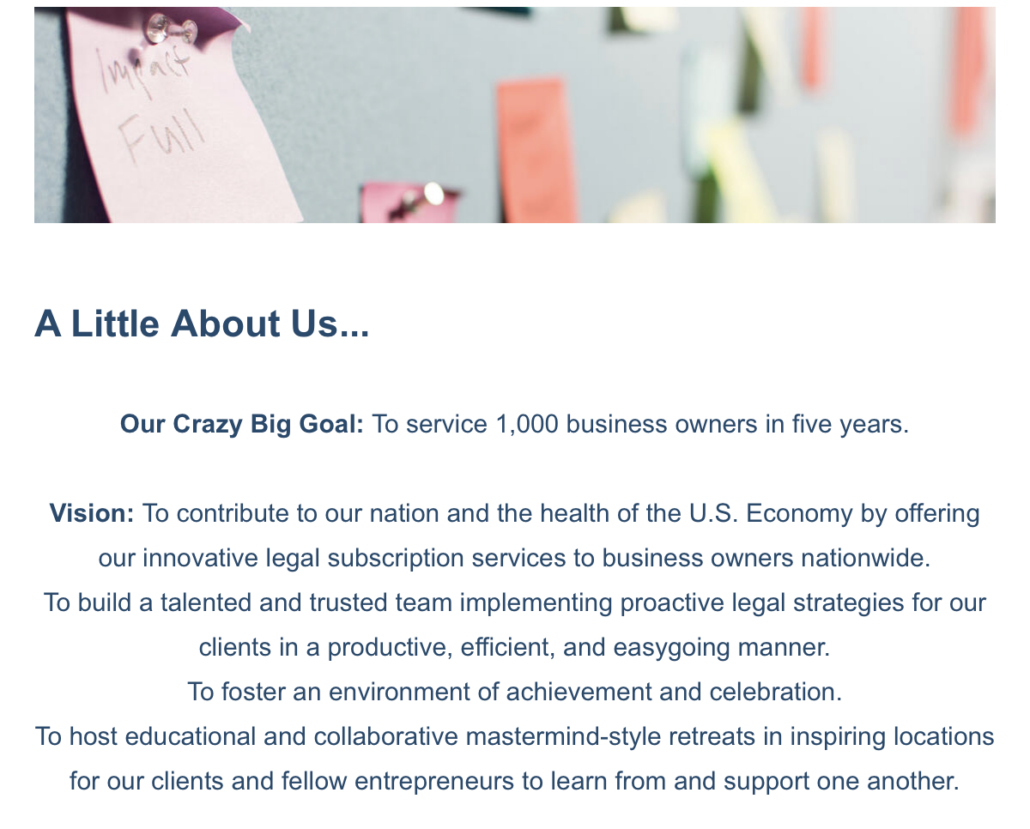In our community, there exists an entire population of business owners that are almost completely unnoticed.
If you were to meet one of them, you might not guess that that they employ a small army of workers; that they are responsible for millions of dollars moving through commerce; that they manufacture products used every day, and deliver services our community couldn’t live without. They are the local restauranteurs, the architect with a specialty niche, the father and son that deliver heating oil, and the family practice that cleans teeth.
About 90 percent of businesses are family-owned, according to a U.S. Bureau of the Census report. They are made of husband and wife teams, grandparents teaching trades to their grandchildren, and parents passing the family business to the next generation. In my experience, family business owners are modest, hardworking, and friendly people. In history, family businesses were the first working farms, travelling doctors, and blacksmiths. They are comfortable, familiar, and not uncommon. Which is exactly why they remain elusive, even though they account for a large portion of our economy.
One such business (a very successful heating and fuel oil delivery company) recently approached me to design a succession plan that would effectively move the shares they held in their family business to one of their children. In addition, they wanted to be sensitive to an emotional situation regarding a family member; they wanted the business to be able to keep its certification as woman-owned; they wanted to avoid major tax consequences; and they needed a certain level of income to continue their standard of living.
A tall order? Most family-owned businesses have a host of situations that must be considered, such as: how best to transfer ownership, and with what amounts going to whom; is the current entity and tax structure serving the interests of the company; how is the succession woven into estate planning; and how to handle real estate holdings, equipment, business and professional licenses, and the company’s intellectual property.
A properly designed succession plan can take months to create, and years to implement. All facets of the company and its industry must be considered, including financial means, family emotions, choosing the most effective successor, the economic outlook, training and mentoring, and the timing of such factors. The sooner the family starts the planning process, the smoother the transition.
For example, the fuel delivery family-owned business mentioned was a husband and wife team that believed they would eventually sell their company to a larger regional business. After listing it with a business broker, speaking with various potential purchasers, and turning down multiple less-than-ideal offers; they later found that their son was interested in running the business.
Since then, they’ve taken steps to secure the transition. The family is working together to prepare the son for business ownership, the company accountant is working on the financial and tax pieces of the succession plan; and we are completing the corporate documents and stock transfer agreements.
“Family-owned” doesn’t mean “small,” or “insignificant.” Family-owned companies are as colossal as Wal-mart (#1 largest family-owned company as per Forbes.com), and as critical as the hometown family medical practice that saves lives.
If your resolution this year includes planning for your company’s future, and you would like to learn more about succession planning, please call or text 484-801-0021 or reach out to Cassandra Ortner at cassandra.ortner@peytonlaw.com. We proudly support the nation’s business owners.
*Janelle Peyton is the CEO and Managing Partner of Peyton Law, a leading boutique law firm designed to provide the highest quality branding, business, and legal services to companies via quarterly subscription called Strategic Legal Solution. Peyton Law offers brand building strategies through corporate and intellectual property law, including business entity formation, buy+sell, contracts, joint ventures, trademarks, patents, licensing, and other growth-related transactions.



